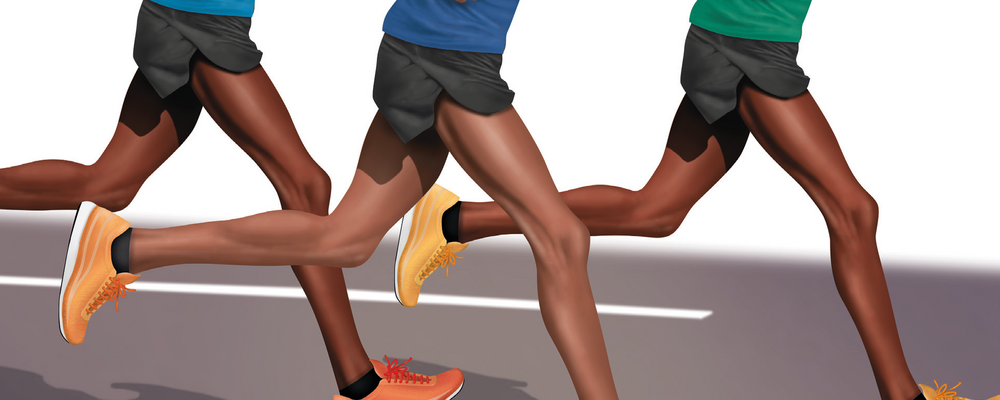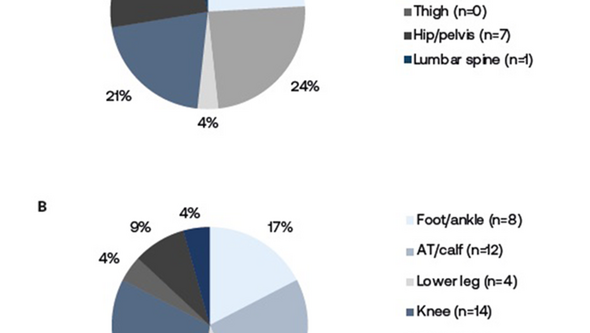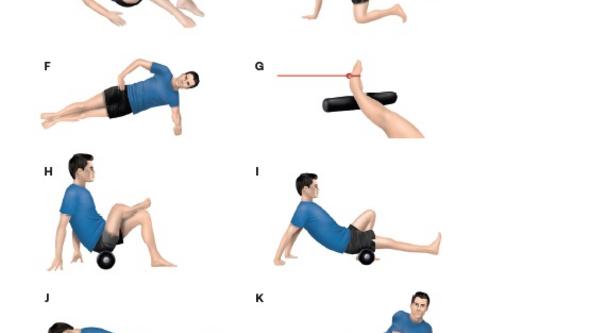Pia Desai - Running-related injuries in recreational athletes. lncidence, risk factors and effectiveness of an injury-prevention programme
Pia Desai defended her thesis for Medicine Doctorate at Sahlgrenska Academy, Institute of Clinical Sciences, Department of Orthopaedics on December 3, 2021
Title of the thesis: Running-related injuries in recreational athletes. lncidence, risk factors and effectiveness of an injury-prevention programme
INFORMATION ABOUT THE DISSERTATION
Supervisor: Jón Karlsson
Co-supervisor: Stefan Grau och Mats Börjesson
Opponent: Toni Arndt, institutionen för fysiologi, nutrition och biomekanik GIH, Stockholm
Examining Committee: John Paoli, Björn Rydevik and Suzanne Werner
Area
Health and
medicine



